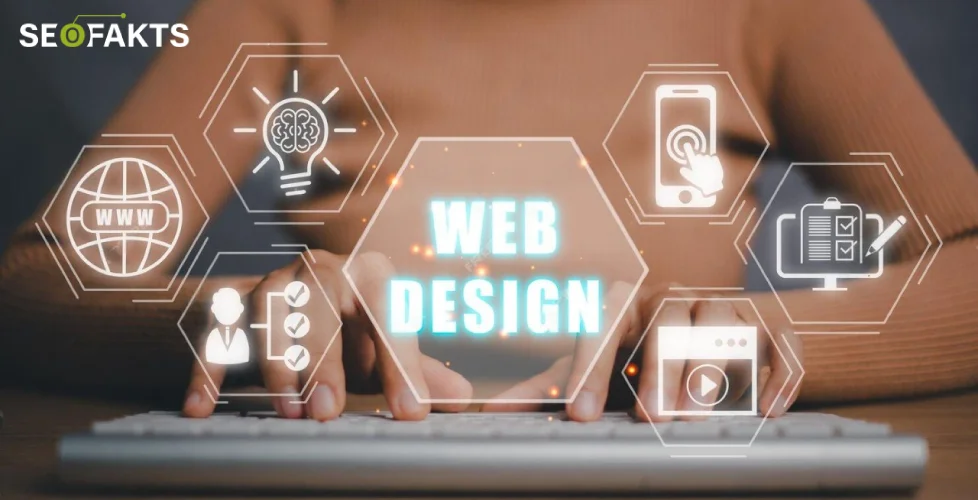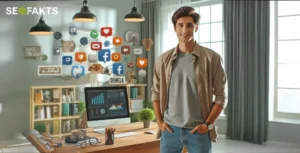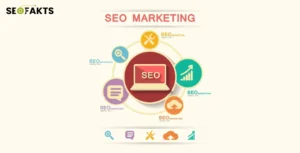As we approach 2024, the world of web design continues to evolve, embracing new technologies, aesthetics, and user expectations. In an ever-competitive digital landscape, staying ahead of design trends is crucial for any brand looking to make a lasting impact online. Let’s explore the top 10 web design trends set to dominate in 2024, helping you craft Web Design Trends that are not only visually appealing but also highly functional and engaging.
Related blog Unlocking the Secrets of Effective SEO: What You Need to Know
1. Dark Mode Dominance
Dark mode has been growing in popularity for the past few years, and it’s set to become a standard in 2024. This trend isn’t just about aesthetics; it offers practical benefits like reducing eye strain and saving battery life on OLED screens. Designers are now focusing on creating sophisticated, elegant dark mode designs that don’t just invert colors but carefully adjust them to maintain visual hierarchy and readability.
What’s Next
Expect more websites to offer automatic switching between dark and light modes based on the user’s system settings or the time of day. Additionally, dark mode designs will increasingly incorporate vibrant neon colors to add contrast and create a visually striking experience.
2. 3D Elements and Interactive Visuals
With advancements in web technology and faster internet speeds, 3D elements are becoming more prevalent in web design. These elements can range from full-blown 3D environments to subtle, interactive elements that add depth and engagement.
What’s Next
As WebGL and other 3D technologies become more accessible, expect to see more sites using 3D graphics to tell stories, demonstrate products, or create immersive environments. Interactive 3D models will become a common feature on e-commerce sites, allowing users to examine products from every angle.
3. AI-Driven Personalization
Artificial Intelligence (AI) is transforming web design by enabling more personalized user experiences. AI algorithms can analyze user behavior and preferences to dynamically change content, layouts, and recommendations, ensuring each visitor has a unique and tailored experience.
What’s Next
In 2024, expect AI to play a more significant role in web design by offering hyper-personalization. Websites will not only suggest products or content but also adapt the entire user interface based on past interactions, making every visit feel personal and engaging.
4. Minimalistic Design with a Twist
Minimalism in web design isn’t new, but it’s evolving. The latest trend is minimalism with a twist, where simple, clean layouts are enhanced with bold typography, vibrant colors, and unique graphic elements that draw attention without overwhelming the user.
What’s Next
Designers will focus on creating minimalist designs that use asymmetry, split screens, and oversized typography to break the mold while maintaining simplicity. This approach provides a fresh and modern look that still prioritizes user experience and clarity.
5. Micro-Interactions and Animations
Micro-interactions are small animations or design elements that respond to user actions, providing feedback or enhancing engagement. These can be as simple as a button changing color when hovered over or more complex animations triggered by scrolling.
What’s Next
In 2024, micro-interactions will become even more sophisticated, using subtle animations to guide users, provide feedback, and create a more dynamic and interactive experience. Expect to see more scroll-based animations, hover effects, and loading animations that keep users engaged while enhancing the overall usability of a site.
6. Augmented Reality (AR) Integration
AR is no longer confined to mobile apps; it’s making its way into web design, offering unique and interactive user experiences directly in the browser. From virtual try-ons for fashion and beauty products to interactive product demos, AR is transforming how users interact with websites.
What’s Next
As AR technology becomes more accessible, more websites will integrate AR features to create immersive experiences that go beyond static images and videos. This trend will be particularly prevalent in e-commerce, real estate, and education, where users can benefit from seeing products or environments in 3D.
7. Voice User Interface (VUI) Design
With the rise of smart speakers and voice assistants, Voice User Interface (VUI) design is becoming increasingly important. Websites are beginning to incorporate voice search and navigation, allowing users to interact with content hands-free.
What’s Next
In 2024, expect VUI to become more sophisticated, with websites offering full voice-based navigation and search functionality. Designers will need to consider how voice commands and responses fit into the overall user experience, creating seamless interactions that complement traditional web design elements.
8. Neumorphism and Soft UI
Neumorphism, or soft UI, is a design trend that combines the realism of skeuomorphism with the minimalism of flat design. It uses subtle shadows and highlights to create a sense of depth and make interface elements appear tactile and interactive.
What’s Next
While neumorphism started as a niche trend, it’s gaining traction and evolving to be more accessible and user-friendly. In 2024, we’ll see more refined neumorphic designs that balance aesthetics with usability, avoiding pitfalls like low contrast that can hinder accessibility.
9. Sustainability and Eco-Friendly Design
As awareness of environmental issues grows, web designers are focusing more on sustainability. This involves creating lightweight, efficient websites that reduce energy consumption and minimize their carbon footprint.
What’s Next
Expect a rise in eco-friendly web design practices, such as optimizing images, reducing server load, and implementing dark mode options that save energy. More websites will also display carbon impact information, allowing users to understand the environmental impact of their browsing habits.
10. Inclusive and Accessible Design
Inclusive and accessible design is not just a trend but a necessity. In 2024, more websites will prioritize accessibility, ensuring that everyone, regardless of ability, can interact with web content.
What’s Next
Beyond meeting legal requirements, designers will focus on creating genuinely inclusive experiences. This includes using larger fonts, high-contrast colors, and voice controls, as well as ensuring compatibility with screen readers and other assistive technologies. We’ll also see more emphasis on inclusive language and imagery that reflects diverse audiences.
Conclusion
Web Design Trends in 2024 is all about creating engaging, accessible, and personalized experiences that meet the needs of today’s diverse audience. By embracing these trends, designers can ensure their websites are not only visually appealing but also highly functional and user-friendly. Whether you’re looking to update an existing site or start from scratch, keeping these trends in mind will help you create a website that stands out and meets the demands of modern users.
What Web Design Trends are you most excited to see in 2024? Share your thoughts in the comments below!





